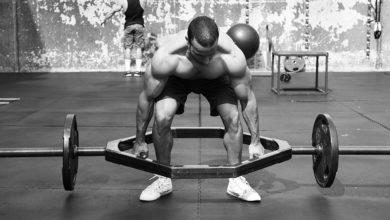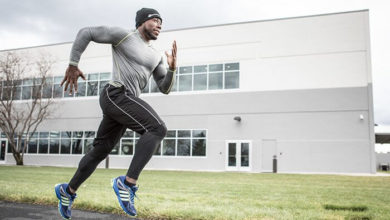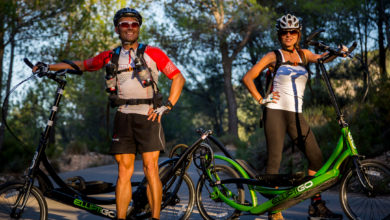Wall Angels: How To, Variations, Benefits, Muscles Worked, Beginner Mistakes, & Alternative Exercises
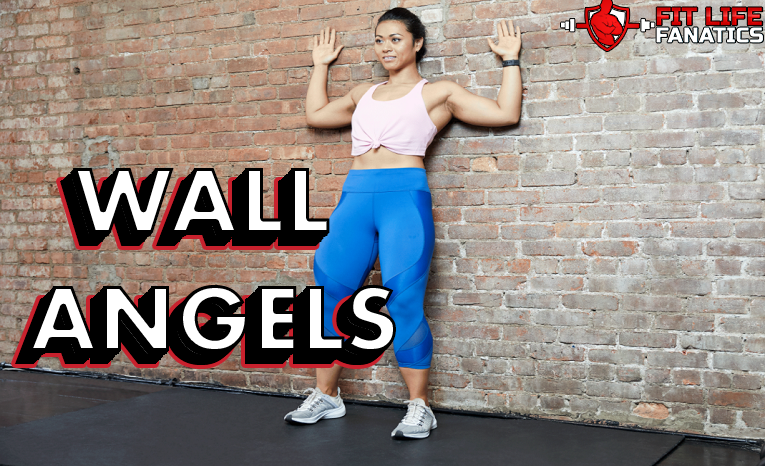
There are two primary reasons why athletes and trainees get injured while training, using more weight than they can handle safely and poor form. The former is easy to fix by being conscientious, the former however, poses a greater challenge.
It is often the case that trainees know the proper body position they should adopt to perform an exercise, but their lack of mobility prevents them from doing so entirely. They may feel pain or discomfort when using proper form, or being completely unable to do so.
This is especially true for the shoulder joint, which plays a major role in dozens of exercises, including the bench press, deadlift, overhead press, bent over row, etc. Which is why today we will focus on a relatively unknown exercise that works wonders for shoulder mobility, the wall angel.
What is a Wall Angel?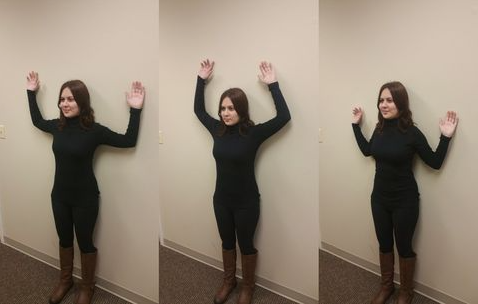
As I said, wall angels are a beginner shoulder mobility exercise, which places the subject against a wall and has them raise their arms above their head. The wall angel is a great exercise for those looking to:
- Mobilize the shoulder joint.
- Reduce forward head position
- Reduce rounded shoulders by stretching the front deltoids and pectorals
- Open up the chest
- Strengthen the rhomboids and middle and upper traps.
- Reduce tension in the upper traps.
How to Do a Wall Angel
Here is a step-by-step guide on how to perform wall angels.
Step 1
Place your back against a wall with your feet 6 or 12 inches away. Make sure to keep your spine straight and your knees slightly bent.
Step 2
Flatten your entire back against the wall, your shoulders, mid back and lower back should be touching it. If you’re having trouble with your lower back, push your hips slightly forward (Posterior pelvic tilt)
Step 3
Tuck your chin and place the back of your head against the wall, this will help stretch your neck.
Step 4
Push your shoulders down away from your head.
Step 5
Place your arms at 90 degrees, with your elbows and the back of your hands touching the wall.
Step 6
Slowly raise your arms over your head while keeping your back and elbows in constant contact with the wall. Stop once you reach full arm extension.
Step 7
Slowly lower your arms back to the starting position, repeat for as many reps as desired. It is usually recommended to perform 3 sets of 10 repetitions spread throughout the day.
Like this video:
Benefits of Wall Angels
Wall angels have a ton of benefits we list a few below.
Improved Shoulder Mobility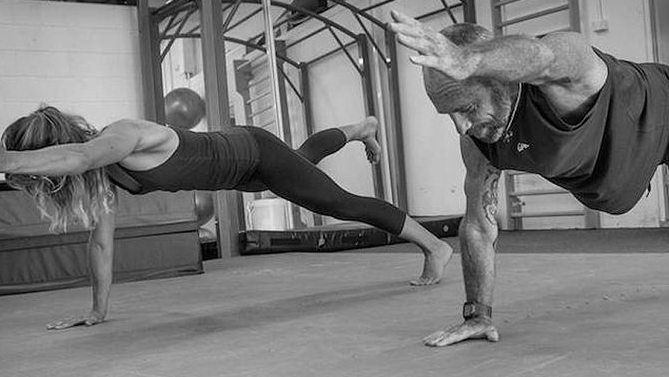
Performing this exercise regularly will result in improved shoulder mobility and having a greater range of motion in the shoulder joint. While beneficial in day to day life as well, this is most important for those looking to perform heavy lifts that require a strict form. If you want more exercises that target the shoulder you might want to consider getting a shoulder press machine.
Improved Posture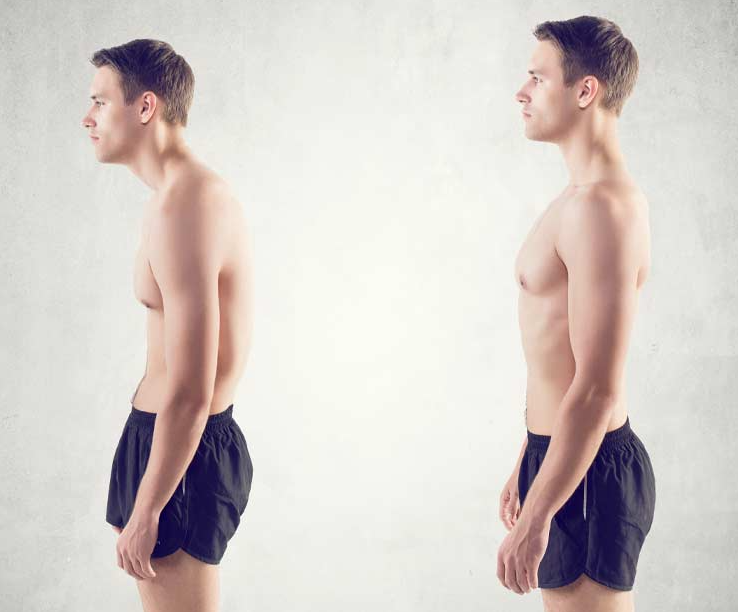
Our muscles have a great impact on our posture. It is common for gym goers to have rounded shoulders due to an overdevelopment of the front delts due to the prevalence of pressing exercises like the bench press. This is only made worse by sitting in front of a computer for a large part of the day, like most office jobs entail.
By stretching the front delts and reducing tension, while also strengthening back muscles like the rhomboids and traps, the shoulders will be pulled back and you will be less hunched over. Other exercises you can perform to improve your posture include, the T-Bar row, the dumbbell floor press, and the rear delt fly.
Reduce Lower Back and Neck Pain
As a side effect of reducing the tension on your front deltoids and fixing your posture, forces will be evenly distributed throughout your back, which can reduce or even eliminate lower back and neck pain.
Reduce Shoulder Pain
The wall angel will reduce or eliminate any shoulder pain or pinching caused by impingements or tight muscles.
Muscles Worked
It should be stated that the wall angel is not an exercise intended to build muscle and develop strength since its primary goal is to improve mobility, as such, you should not expect substantial size or strength gains.
Deltoids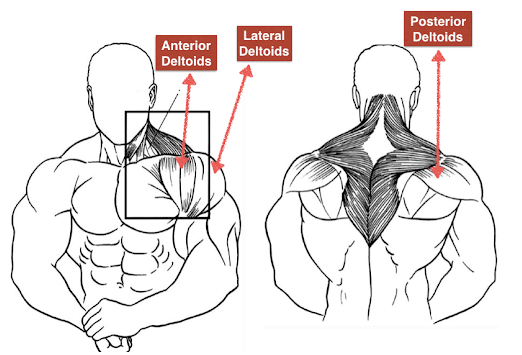
The deltoids are the primary muscles involved in the movement since they are the ones that push up your arms.
Upper Traps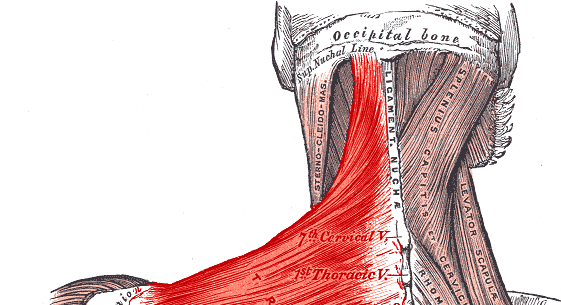
The upper trap muscles work to keep your arms flat against the wall, by stimulating these muscles you will be creating tension that will pull your shoulders back and improve your posture.
Hamstrings
Hamstrings are worked as a side effect of having to push yourself against the wall, however, the impact is minimal.
Tips to Get the Most From This Exercise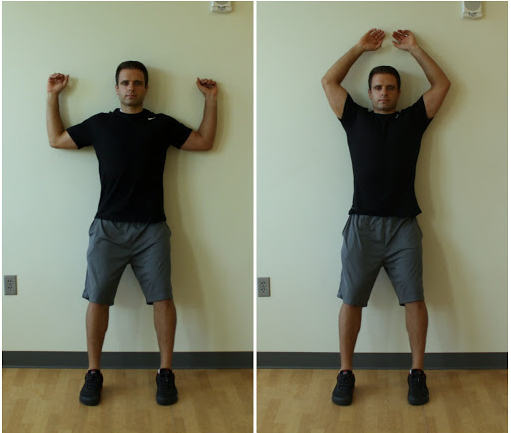
these are general tips that can help you get the most out of wall angles:
- If your shoulders are too tight to perform the exercise, you can perform the exercise with your elbows slightly away from the wall, then bring them closer as you make progress.
- If the exercise feels too easy, try to narrow the space between your arms when extended or bring your feet closer to the wall while keeping your back flat against it.
- It is not necessary to go through the whole range of motion at once, if you’re too tight, do as much as you can while not feeling pain or major discomfort.
Common Mistakes Beginners Make During Wall Angels
Here is the biggest mistake beginners make when doing wall angels.
Failing to Keep Their Lower Back Against the Wall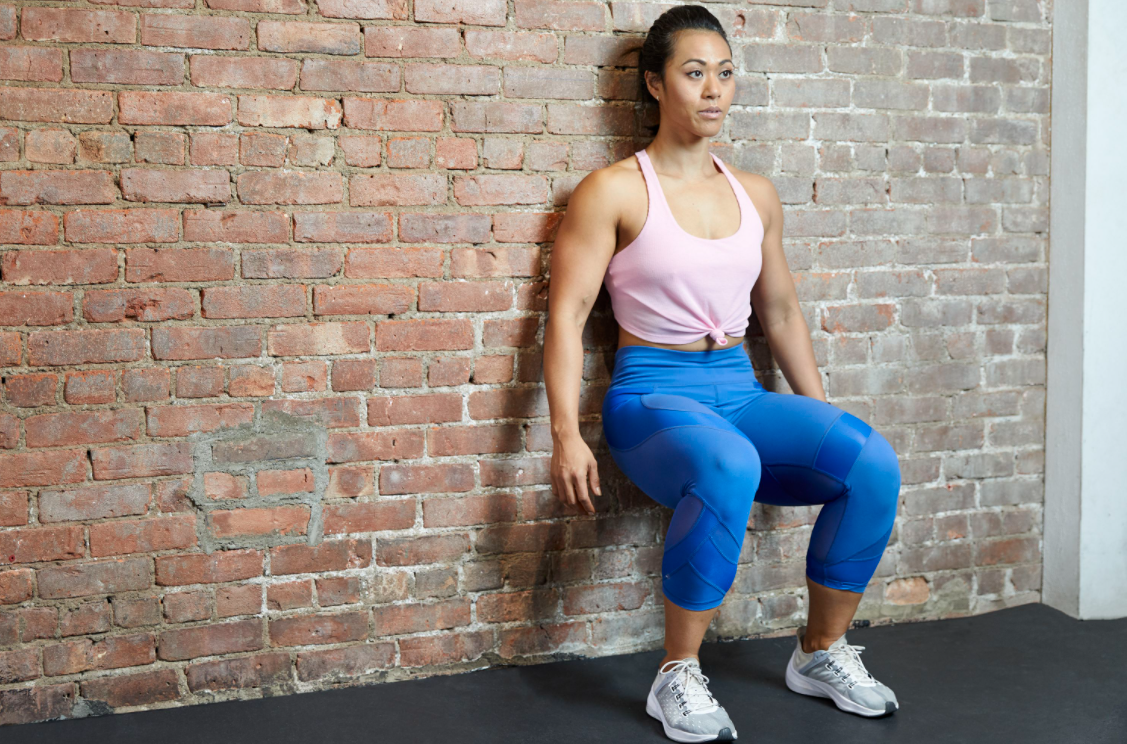
It is quite common for beginners to unconsciously move into a more comfortable position by distancing their lower back from the wall. However, this makes the exercise worthless. If you feel your lower back move away from the wall, reset your stance and start over.
Exercise Alternatives
Here is an alternative exercise to wall angels.
Single Arm Wall Slides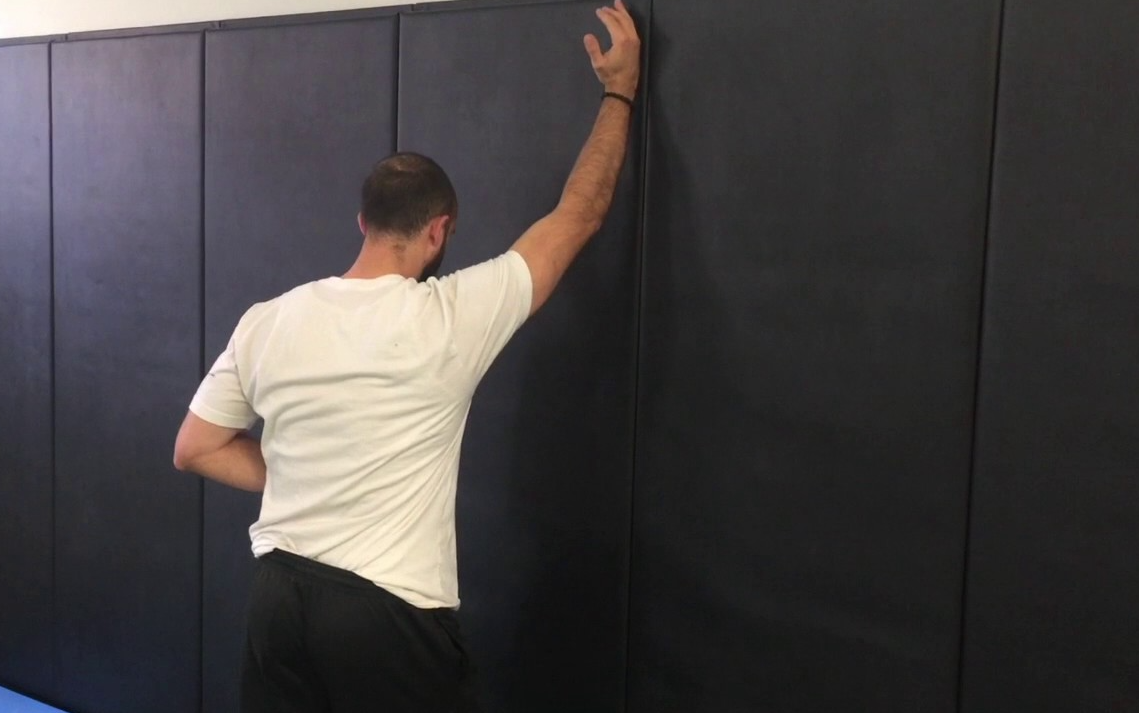
If wall angels are too hard or cause pain, you can perform single arm wall slides, which are fairly similar to wall angels but easier for someone who is untrained.
Step 1
Stand up straight about 6 inches from the wall
Step 2
Lift your arms at 90 degrees with your hands pointing upwards, much like you would with a wall angel.
Step 3
Slightly twist your torso so that your arm touches the wall, then lift it up and down like you would a wall angel. Switch sides and repeat.
Like this:
Related Readings:
- How Much Weight Loss Causes Loose Skin?
- Shrimp Squats: Complete Exercise Guide, Benefits, Muscles Worked, and Alternative Exercises
- My Personal Chest & Leg Workout for A Big Chest & Toned Muscular Legs
- Australian Pull-Up – How To Do It, Muscles Worked, & Alternative Exercises
- Best Meal Replacement for Breakfast – Top Tasting Morning Shakes
Ben Mayz
Hi there! I'm Ben, main author and chief editor at Fitlifefanatics.com. I have been obsessed with Strength Training and Fitness for 18 years now.
My passion for living a happy fit lifestyle is what made me realize that fitness is what I wanted for my future.
I went on to earn my Masters in Sports Training & Biomechanics.
My passion for Strength training & fitness and my love of helping others is what made me start Fitlifefanatics.
Here, myself, and a team of specialist aim to provide the most accurate, and actionable information possible in hopes to help foster the fitness community forward.
You can learn more about Fitlifefanatics on our About Page





